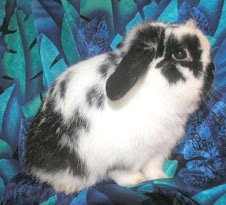Now, you need to know that I have a nice Nikon camera and I've shot photos professionally on occasion. Not Holland photos, but few Holland people have enough money to pay for photos. And, after I show you my portfolio, you'll know another reason I haven't shot Holland photos professionally.
I'm into truth-in-advertising. No pretending here. Take a look at some of the photos I've gotten in baby photo sessions:

Doesn't my arm have a nice roundness over the topline?
Maybe a little flat at the wrist....
Maybe a little flat at the wrist....

Yoohooo! The camera's this direction!

There is nothing behind that cloth but a wall.
Which apparently smells like alfalfa.
Which apparently smells like alfalfa.

I think RR1 is really short for ARRRRRGGGGGHH!

Come to Mama.....
So why haven't I shot Holland photos professionally? I can't afford to pay somebody to let me.










